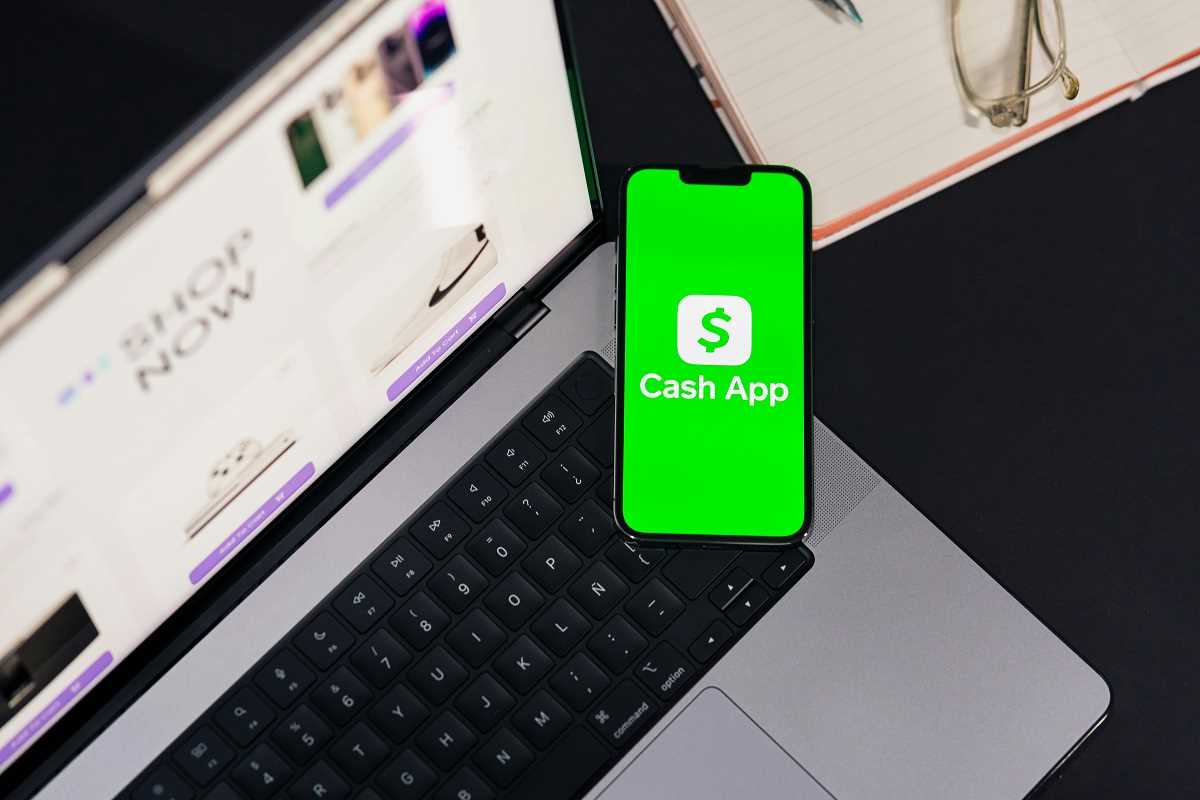Entering the e-commerce space is exciting, but deciding on the right marketplace model can feel overwhelming for beginners. With so many options, it’s essential to understand the pros and cons of each model to set yourself up for success. Below, we’ll outline three popular e-commerce models perfect for newcomers—dropshipping, print-on-demand, and affiliate marketing—and provide actionable insights to help you choose the best fit for your resources, skills, and goals.
1. Dropshipping
Dropshipping is one of the most beginner-friendly e-commerce models. It allows you to sell products to customers without having to carry inventory or manage shipping.
How it Works
With dropshipping, you partner with suppliers who handle inventory, packaging, and shipping for you. When a customer places an order on your online store, you forward the order details to your supplier, who fulfills it on your behalf.
Pros
- Low Startup Costs: You don’t need to invest in inventory. All you need is an online store, which you can build using platforms like Shopify or WooCommerce.
- Minimal Risk: Because you only purchase products after making a sale, there’s little financial risk.
- Flexibility: You can sell a wide range of products without worrying about storage or logistics, allowing you to test product niches easily.
Cons
- Lower Profit Margins: Since suppliers take a cut, the profit per sale tends to be lower than other models.
- Limited Control: Relying on suppliers means you have little control over product quality, shipping times, and packaging, which could impact customer satisfaction.
- High Competition: Many products available for dropshipping are also sold by other retailers, often resulting in market saturation.
Who It’s For
Dropshipping is ideal for beginners with limited upfront capital, no experience in inventory management, and a desire to test different product categories quickly.
Focus on niche products to differentiate yourself in competitive markets. General items like phone cases are often oversaturated.
2. Print-on-Demand
Print-on-demand (POD) is a creative and flexible e-commerce model that allows you to design custom products like t-shirts, mugs, and phone cases. Unlike traditional retail, printing takes place only after an order is placed.
How it Works
You create designs, upload them to a POD platform like Printful or Teespring, and list the products on your online store. When a customer orders an item, the platform prints and ships the finished product directly to them.
Pros
- No Inventory Hassle: Similar to dropshipping, inventory storage and fulfillment logistics are handled for you.
- Customizable Products: If you have a creative streak, POD gives you full control over the product design. This is an excellent way to build a unique brand.
- Scalability: Since everything is made on-demand, you don’t face storage or overstock issues, making it easy to scale as demand grows.
Cons
- Higher Costs Per Unit: On-demand production means products cost more to produce, which can squeeze profit margins.
- Niche Reliance: POD thrives when paired with specific niches, so choosing the wrong niche can hinder your growth.
- Shipping Delays: The customization process can extend shipping times compared to pre-made products, potentially frustrating customers.
Who It’s For
POD is great for creative entrepreneurs with an eye for design and an interest in building a brand around personalized products.
Leverage social media platforms like Instagram to promote your unique designs. Posting lifestyle photos with your products can attract attention and increase sales.
3. Affiliate Marketing
Affiliate marketing isn’t a marketplace model in the traditional sense, but it’s an effective way to earn commissions by promoting products or services.
How it Works
Instead of selling your own products, you promote products from other brands through an affiliate link. Each time someone clicks your link and makes a purchase, you earn a commission. Popular networks like Amazon Associates, ShareASale, and CJ Affiliate make it easy to get started.
Pros
- No Inventory or Fulfillment: Similar to dropshipping and POD, affiliate marketing eliminates the need for dealing with product logistics.
- Low Upfront Costs: All you need is a platform to promote products, such as a blog, social media account, YouTube channel, or email list.
- Passive Income Opportunities: Once your content is live, it can generate ongoing commissions without additional effort.
Cons
- Dependency on Platforms: Your success depends on the affiliate programs you join. Changes to commission rates or program policies can impact your income.
- Building an Audience Takes Time: You’ll need a strong and engaged audience to generate significant earnings, and this can take months or even years to achieve.
- Lower Earning Potential for Beginners: You only earn a percentage of each sale, so you need volume to see substantial income.
Who It’s For
Affiliate marketing suits individuals comfortable creating content and building an audience but who prefer not to handle physical products.
Target a specific niche, such as tech gadgets or beauty products, and create high-quality review content to build trust and authority in your field.
How to Choose the Right Model
When selecting an e-commerce model, consider the following key factors:
Your Resources
Assess your available capital, time, and skills. If you have limited funds, models like dropshipping or affiliate marketing are cost-effective options.
Your Interests
Focus on a model that aligns with your strengths. If you’re creatively inclined, print-on-demand might be the best fit. Content creators could thrive in affiliate marketing.
Your Goals
Think about your long-term vision. Are you looking for quick profits or building a long-term brand? Dropshipping allows for quick experimentation, while POD lets you develop a distinctive brand identity.
Scalability
Choose a model aligned with your growth aspirations. For instance, affiliate marketing may require less operational scaling, whereas dropshipping or POD might require additional tech or human resources as your business grows.

 (1).jpg)





